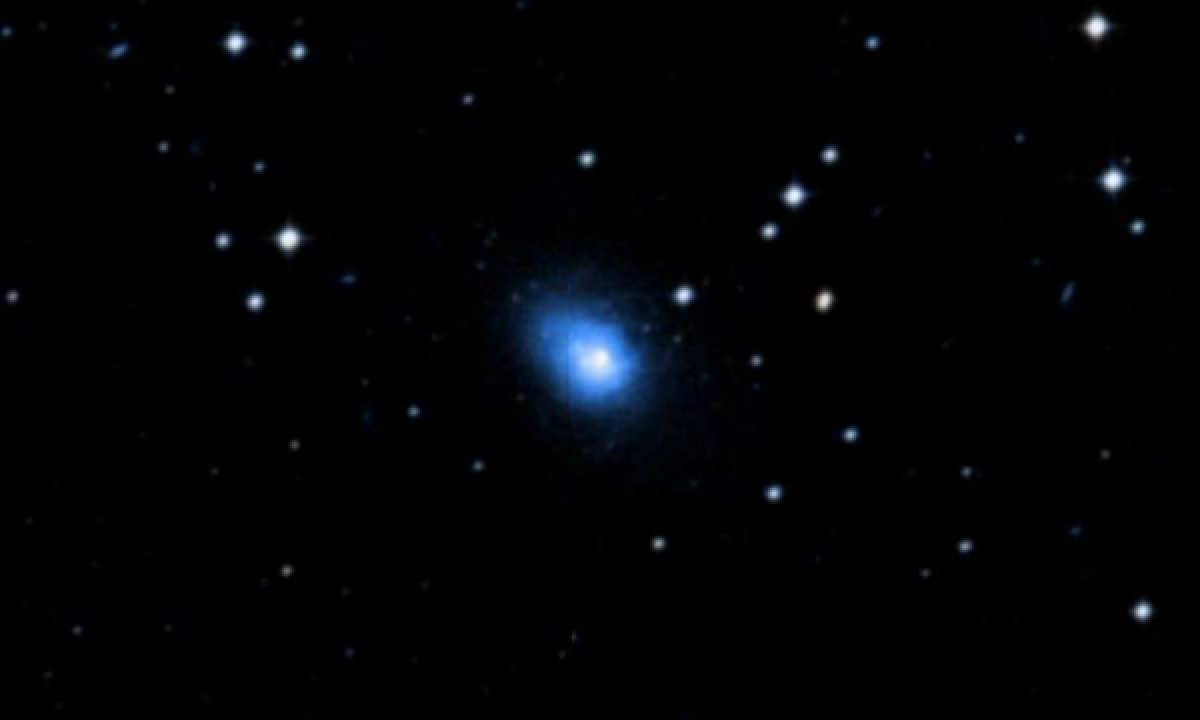The New General Catalogue of Nebulae and Clusters of Stars (abbreviated as NGC) is a catalogue of deep-sky objects compiled by John Louis Emil Dreyer in 1888. The NGC contains 7,840 objects, known as the NGC objects. It is one of the largest comprehensive catalogues, as it includes all types of deep space objects, including galaxies, star clusters, emission nebulae and absorption nebulae.
Know more about NGC
NGC 1705

NGC 1705 is a peculiar lenticular galaxy and a blue compact dwarf galaxy (BCD) in the southern constellation of Pictor, positioned less than a degree to the east of Iota Pictoris, and is undergoing a starburst. With an apparent visual magnitude of 12.6 it requires a telescope to observe. It is estimated to be approximately 17 million light-years from the Earth, and is a member of the Dorado Group. This is a relatively isolated galaxy, with its nearest neighbors being more than 500 kpc distant. However, its neutral hydrogen disk shows a significant amount of warp, suggesting that the outer gas is still settling into place. The mass models of the galaxy suggest the dominant source of mass is a dark matter halo. It has a super star cluster located near the galactic center, and shows strong galactic winds. Designated NGC1750–1, this cluster has a maximum radius of 2.85±0.50 pc and is 12±6 Myr old. The major starburst activity is happening at the core of the galaxy, within the central ~150 pc, and this is providing the main ionizing source out to distance of ~1 kpc or more. Over the last 10 million years it has added 5.7×105 M☉ worth of stars. The younger stars in the galaxy with an age below a billion years have an estimated 6×107 M☉ and are mainly concentrated near the center, while the older star populations have 2.2×108 M☉ and form a more extended distribution. The total mass of neutral hydrogen in the galaxy is estimated at (2.2±0.2)×108 M☉.
More Images:

Sources:
Wikipedia Page: NGC 1705
NGC 1705 at In-The-Sky website
